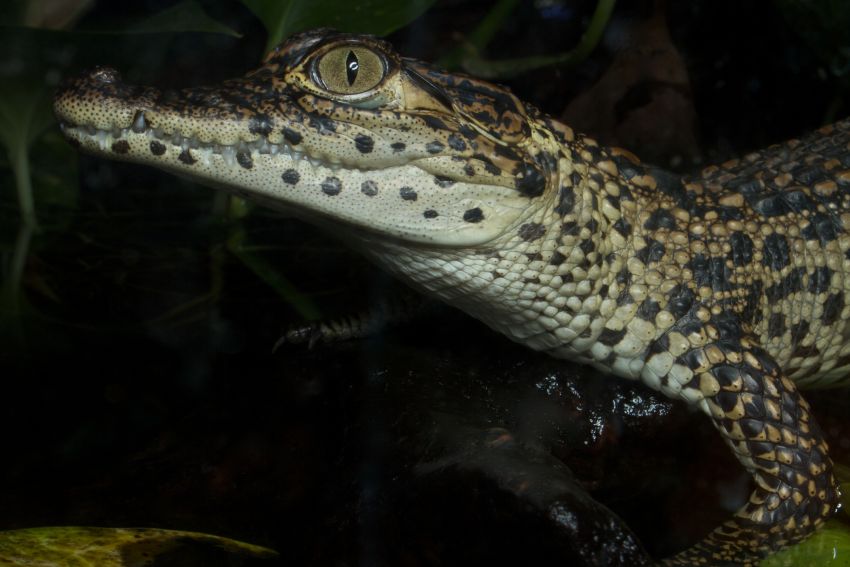
Cuban scientists are racing to save the critically endangered Cuban crocodile — the world’s rarest.
About 90% of the species has disappeared in less than a century.
The small to mid-sized Cuban crocodile (Crocodylus rhombifer) is an endemic species with the smallest natural habitat left of any living crocodile species.
Once spread across the Caribbean, the species can now only be found in Cuba, and in only two places — the vast and largely protected Zapata Swamp (Ciénaga de Zapata) and another swamp on Cuba’s Isle of Youth (Isla de la Juventud).
The International Union for the Conservation of Nature (IUCN) listed the species as critically endangered in 2008 because of population declines caused by illicit hunting for its meat and its skin.
Humans have illegally hunted the Cuban crocodile to near extinction.
There has also been much hybridisation with the American crocodile (Crocodylus acutus), thereby limiting the pure gene pool of the Cuban crocodile. Although hybridisation between the two species has been going on for thousands of years, the small population size of the Cuban crocodile, and its habitat restrictions, make hybridisation a real and present threat to the survival of the Cuban crocodile as a distinct, unique species.
Climate change poses a further threat to the survival of the Cuban crocodile. A warming climate alters the sex ratio of newborn crocodiles.
Cuban scientists estimate that about 4000 Cuban crocodiles live in the wild. However, that figure is considered outdated by the IUCN. A severe climate-related event could easily wipe out what is left of the species.
The Cuban government funded a captive breeding facility in Zapata Swamp in 1959, following the Revolution. The facility and associated hatchery program continue to this day. The government underwrites the costs of the program that annually releases hundreds of Cuban crocodiles into the wild, and also implements translocation programs for wild animals.
“We are trying to bring them back from the edge of extinction,” said researcher Etiam Perez.
“With the hatchery we are trying to increase the historical range of the Cuban crocodile and of course increase the number of these individuals in the wild.”
Perez and other researchers, sometimes assisted by crocodileros (reformed poachers), also liberate crocodiles confiscated from hunters as part of a program to reduce illegal poaching.
"Releasing crocodiles seized from poachers is really impressive because we return the animal to a free life in the wild," said Perez.
The government tightly restricts the sale of crocodile meat. Only crocodiles with physical defects or hybrid genetics may be sold in restaurants.
Cuba is also doing its best to end the black market for crocodile meat and skin. However, overall budgetary constraints, fuel shortages, geographical remoteness and other logistical difficulties present huge challenges for the authorities. The current economic crisis and the illegal 60-year-long United States embargo makes this more difficult.